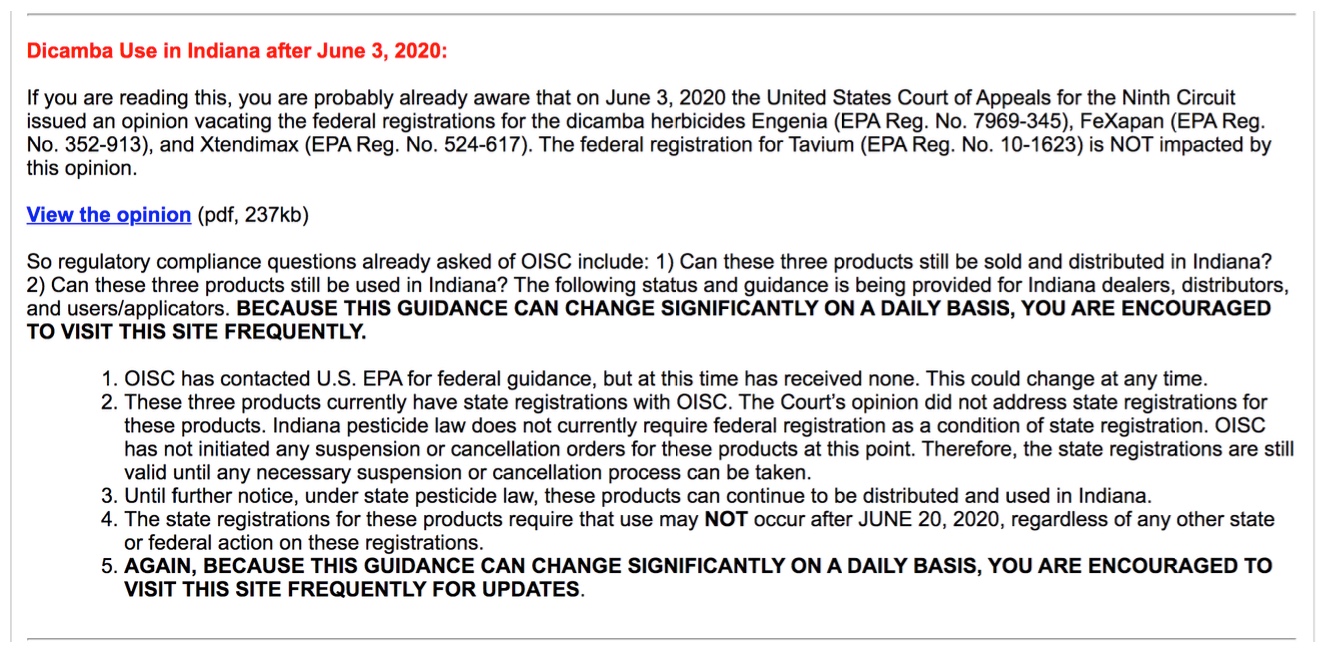
By now most of you are aware of the ruling in the 9th Circuit Court that vacates the labels Xtendimax/Fexapan, and Engenia.


By now most of you are aware of the ruling in the 9th Circuit Court that vacates the labels Xtendimax/Fexapan, and Engenia.
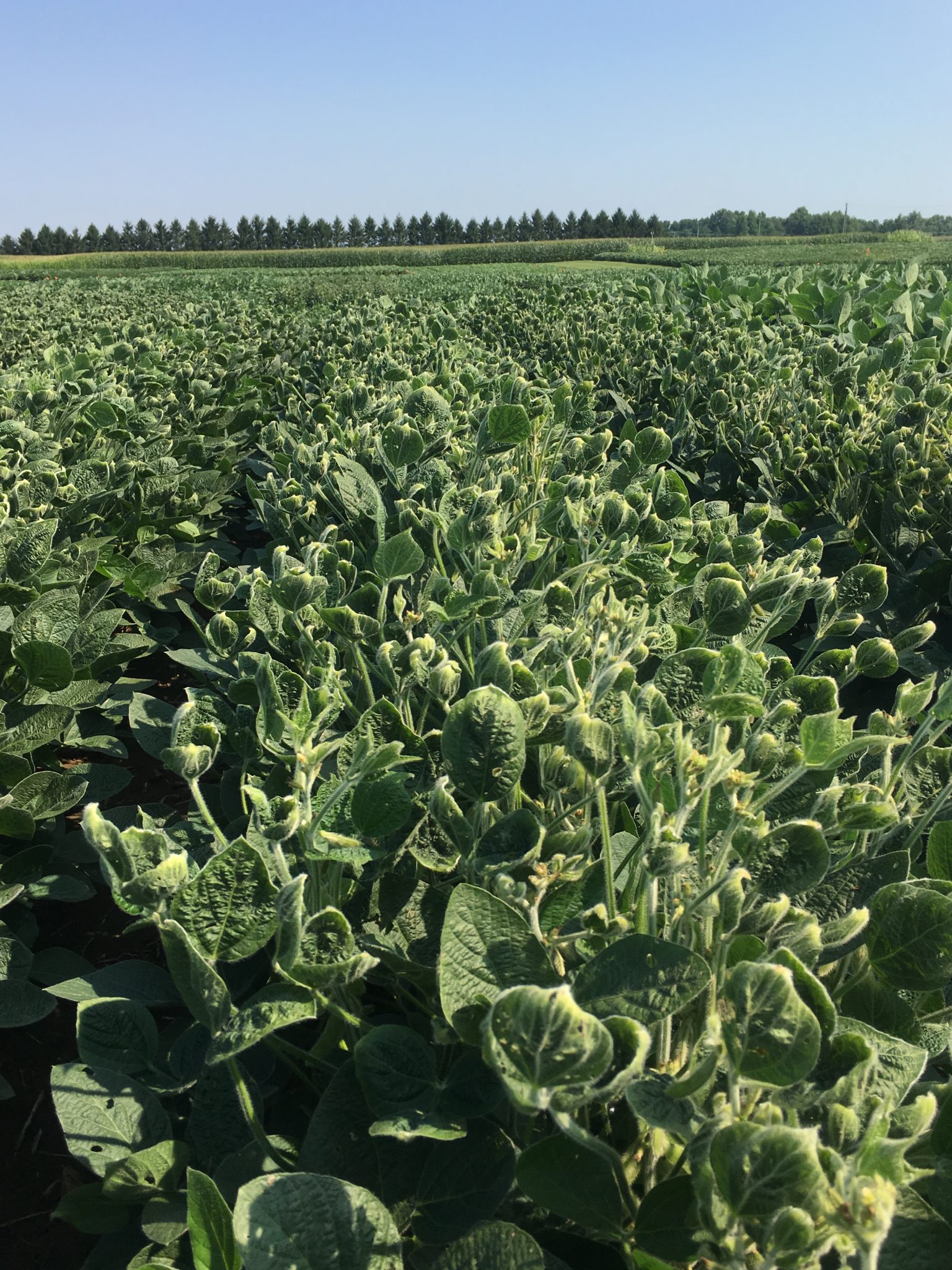
We are less than a month away from the cutoff date for approved dicamba product applications in Xtend soybean.

There are several buttercup species found in Indiana.
Due to the recent cold wet weather, corn planted in late April has either struggled to emerge or the corn that did emerge may have been severely injured by frost events.

Quackgrass (Elymus repens) is a cool-season perennial grass, generally found in vacant fields or along roadsides that are not regularly mowed.

Every spring we receive phone calls and emails with concerns of the presence of poison hemlock (Conium maculatum L.) in pastures, fencelines, and field edges (Figure 1).
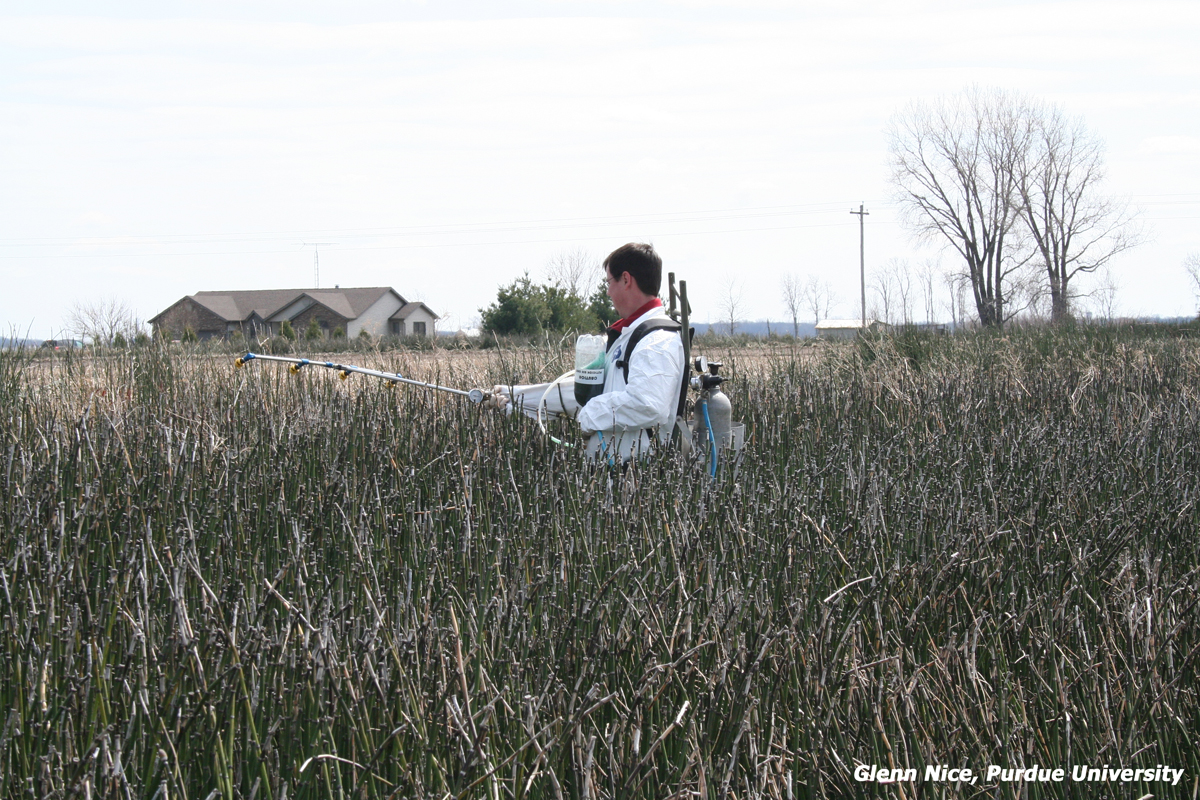
Scouringrushs and horsetails are known by many different common names such as snake grass, jointed grass, monkey grass or simply Equisetum to name a few.
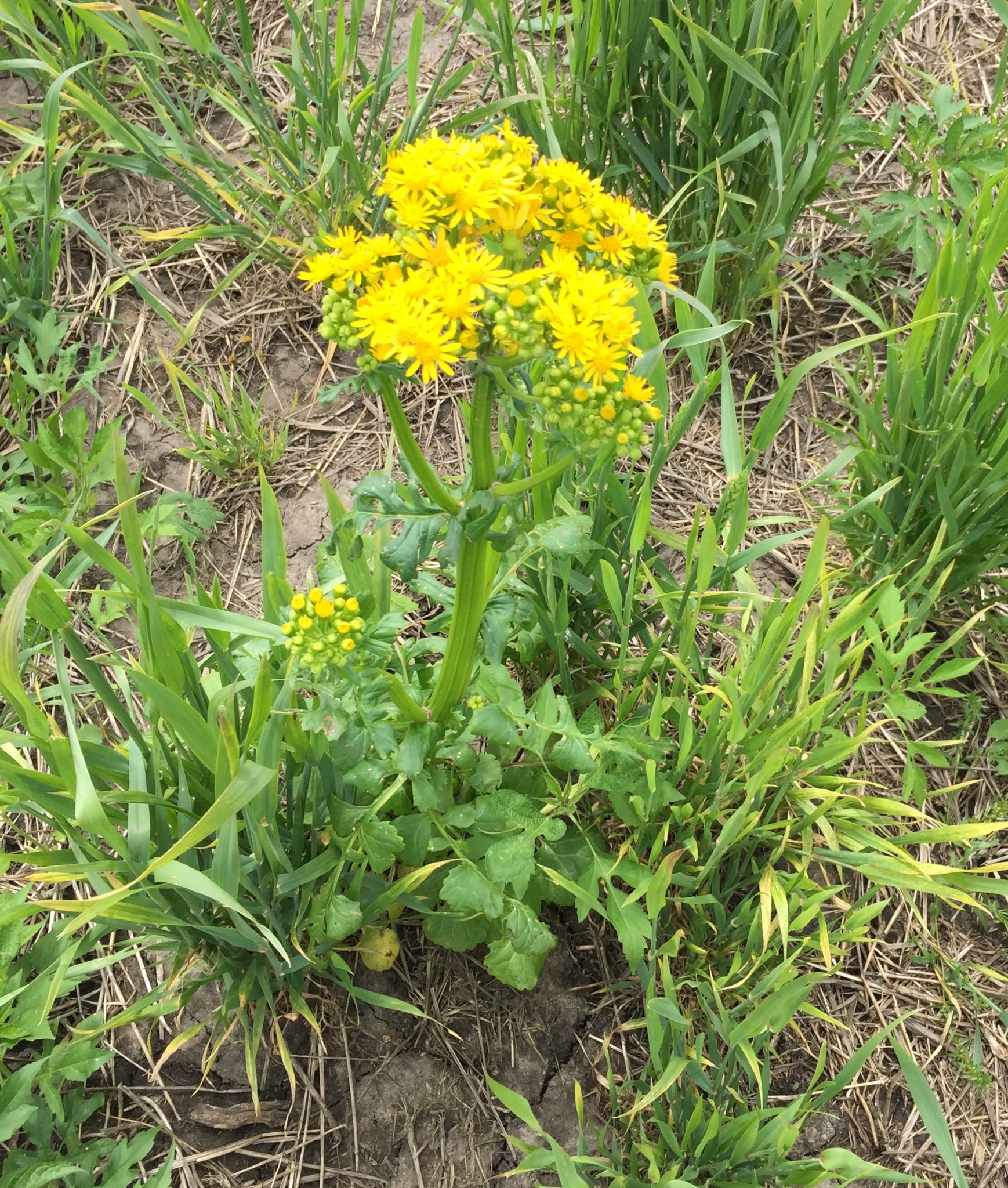
Every spring we receive several calls and e-mails about a certain 3-foot tall weed with yellow flowers (Figure 1).
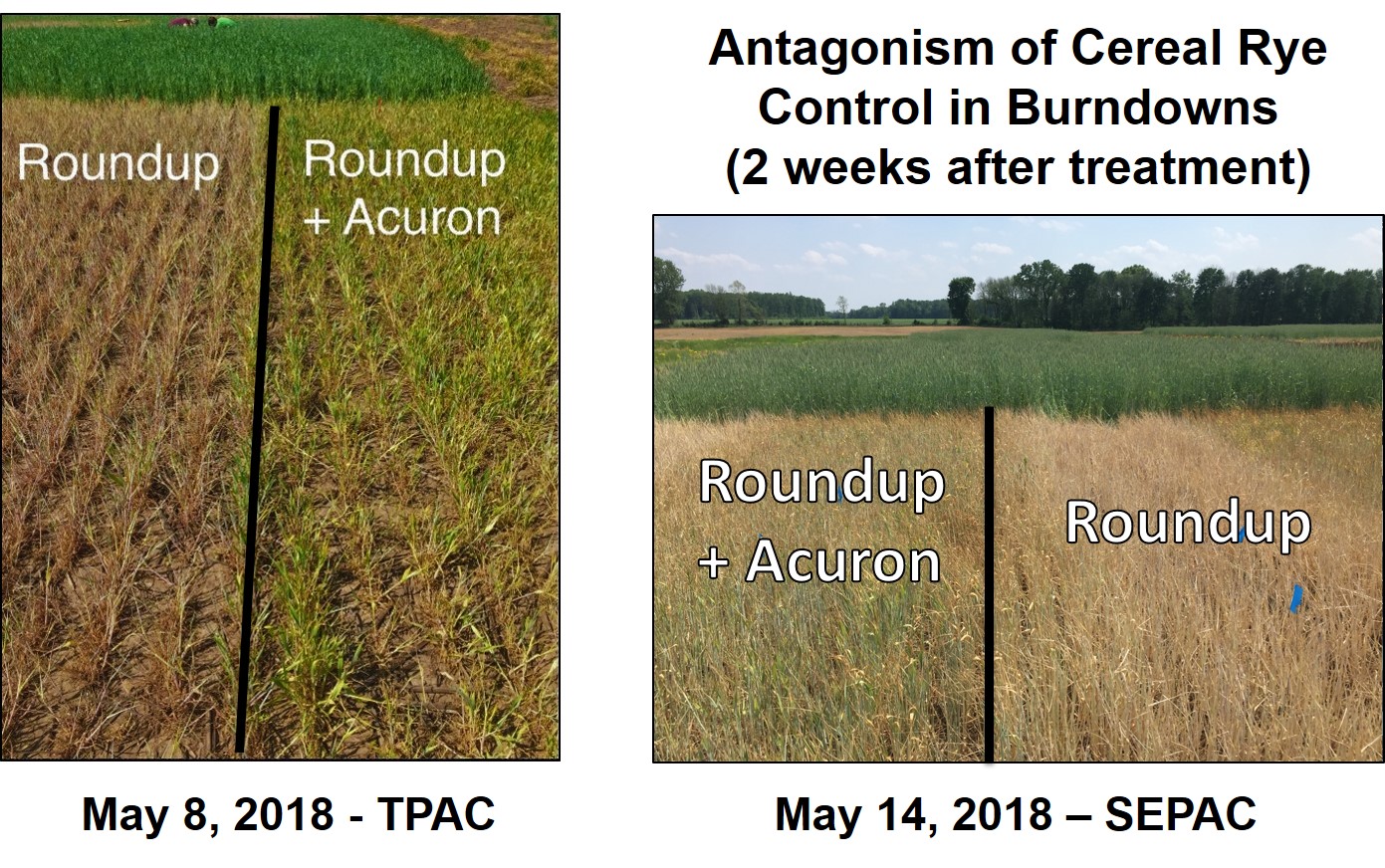
Every year growers may experience challenges when controlling winter annuals weeds or terminating cover crops with glyphosate, specifically when glyphosate is sprayed in cool weather conditions or tank mixed with atrazine or an atrazine premix.
Field work has progressed significantly in the past couple of weeks due to warmer temperatures.
© 2024 Purdue University | An equal access/equal opportunity university | Copyright Complaints | Maintained by Pest&Crop newsletter
If you have trouble accessing this page because of a disability, please contact Pest&Crop newsletter at luck@purdue.edu.